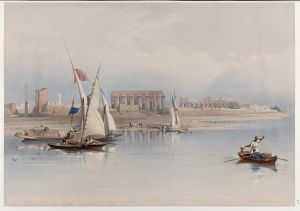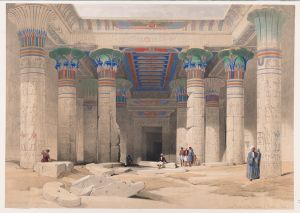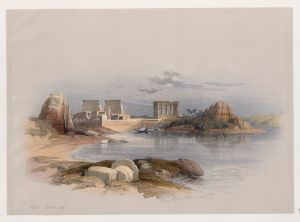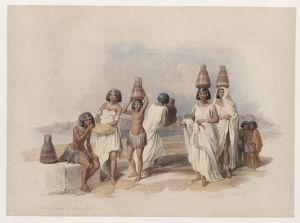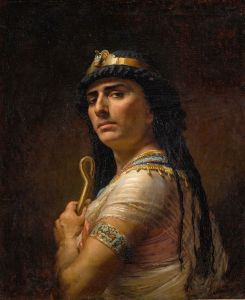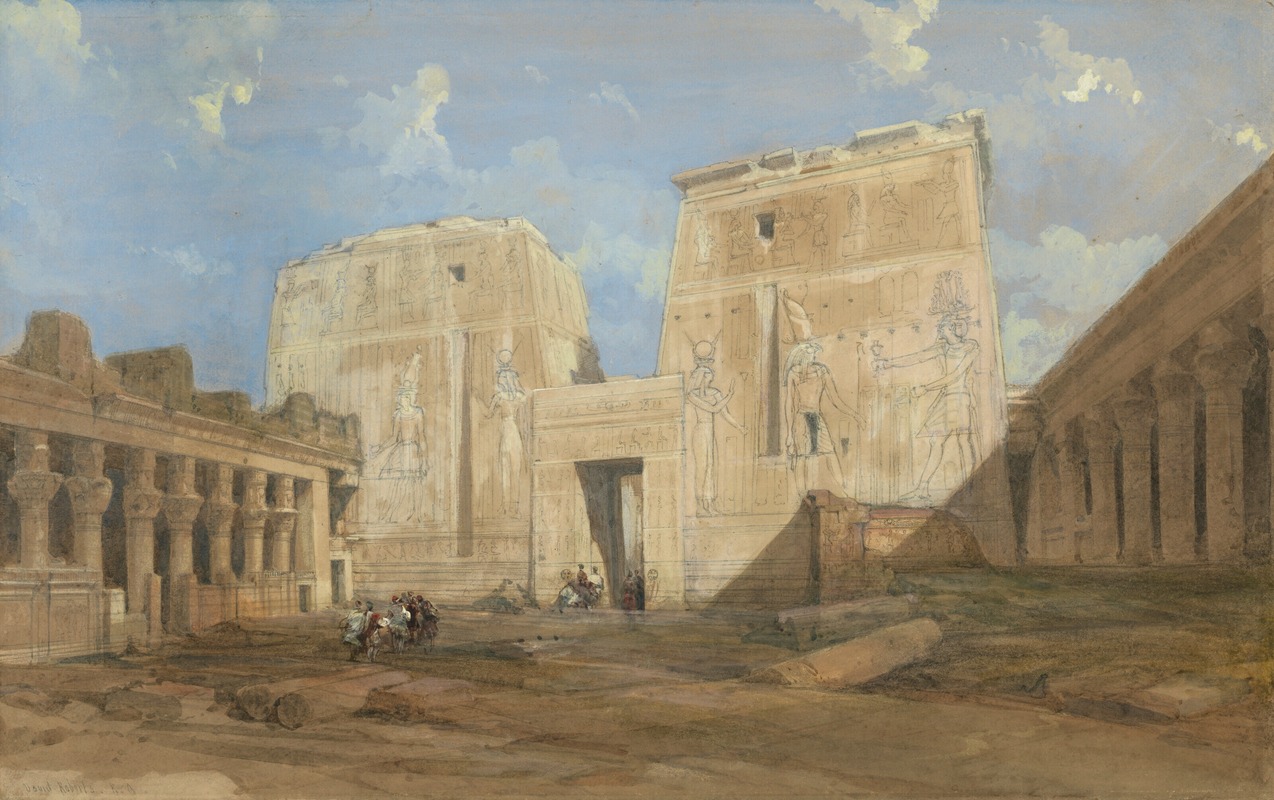
Entrance to the Temple of Isis, Philae
A hand-painted replica of David Roberts’s masterpiece Entrance to the Temple of Isis, Philae, meticulously crafted by professional artists to capture the true essence of the original. Each piece is created with museum-quality canvas and rare mineral pigments, carefully painted by experienced artists with delicate brushstrokes and rich, layered colors to perfectly recreate the texture of the original artwork. Unlike machine-printed reproductions, this hand-painted version brings the painting to life, infused with the artist’s emotions and skill in every stroke. Whether for personal collection or home decoration, it instantly elevates the artistic atmosphere of any space.
"Entrance to the Temple of Isis, Philae" is a lithograph created by the Scottish artist David Roberts in the 19th century. David Roberts (1796–1864) was a renowned painter and lithographer known for his detailed and romanticized depictions of architectural and historical sites, particularly in the Middle East and North Africa. This artwork is part of his famous series of illustrations published in "The Holy Land, Syria, Idumea, Arabia, Egypt, and Nubia," a collection of lithographs based on his travels in the region between 1838 and 1839.
The lithograph depicts the entrance to the Temple of Isis on the island of Philae, located in the Nile River in southern Egypt. The Temple of Isis is one of the most significant and well-preserved temples from ancient Egypt, dedicated to the goddess Isis, who was worshipped as the mother of Horus and a symbol of motherhood, magic, and fertility. The temple complex dates back to the Ptolemaic period (circa 4th–1st century BCE) and was later expanded during the Roman period.
Roberts visited Philae during his journey through Egypt, where he meticulously sketched the ancient monuments and landscapes he encountered. His works were later transformed into lithographs by Louis Haghe, a skilled Belgian lithographer, and published between 1842 and 1849. These lithographs played a significant role in introducing European audiences to the grandeur of ancient Egyptian architecture and culture.
The lithograph captures the grandeur of the temple's entrance, showcasing its massive pylons adorned with intricate carvings and hieroglyphs. The scene also includes figures of local inhabitants, which was a common feature in Roberts' works to provide a sense of scale and human presence. His depiction emphasizes the monumental nature of the temple and its integration into the surrounding landscape.
The Temple of Isis and the island of Philae were later affected by the construction of the Aswan Low Dam in the early 20th century, which caused periodic flooding of the site. In the 1960s, as part of the UNESCO Nubia Campaign to save endangered monuments from the rising waters of the Aswan High Dam, the temple complex was relocated to the nearby island of Agilkia.
David Roberts' lithographs remain valuable historical records of the appearance of these ancient sites before modern interventions and continue to be celebrated for their artistic and documentary significance.






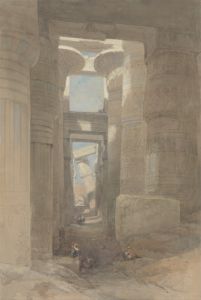
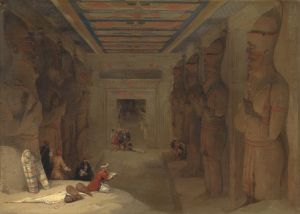
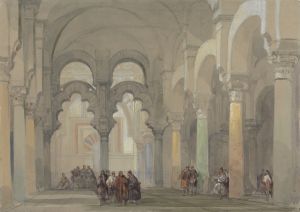
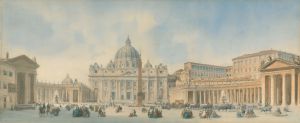
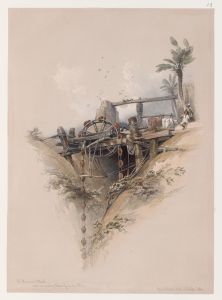
![Edfou [Edfu, Idfû]. Nov. 24th, 1838.](/imgs/217476/s/david-roberts-edfou-edfu-idfu-nov-24th-1838-1a041c82.jpg)
![Entrance to the tombs of the kings of Thebes. Bab-el-Malouk [Bîbân al-Mulûk].](/imgs/217479/s/david-roberts-entrance-to-the-tombs-of-the-kings-of-thebes-babelmalouk-biban-almuluk-599b8a4c.jpg)
